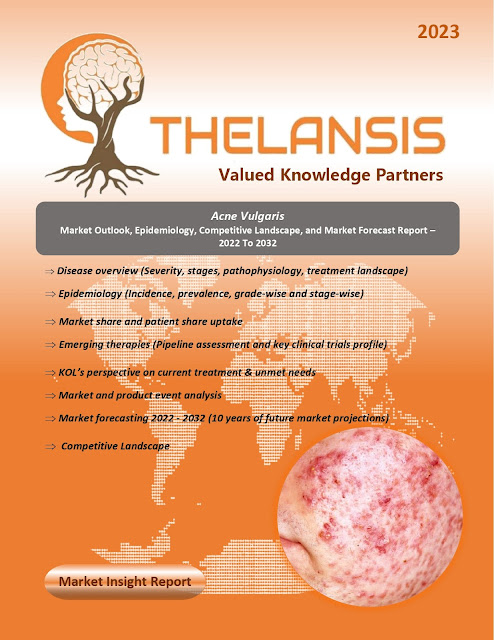Progressive Supranuclear Palsy (PSP) – Market Outlook, Epidemiology, Competitive Landscape, and Market Forecast Report – 2023 To 2033
Progressive supranuclear palsy syndrome (PSP) is a rare neurodegenerative disease typically occurring in individuals over 60, with an underlying PSP-tau pathology. The disease manifests in various forms, including PSP with predominant Parkinsonism (PSP-P), PSP with progressive gait freezing (PSP-PGF), PSP with predominant corticobasal syndrome (PSP-CBS), PSP with predominant speech/language disorder (PSP-SL), PSP with predominant frontal presentation (PSP-F), PSP with predominant ocular motor dysfunction (PSP-OM), and PSP with predominant postural instability (PSP-PI). Symptoms of PSP include poor balance and unsteady gait, frequent backward falls, slowed movements, rigidity, cramped writing, blurred eyesight, gaze palsy, slow blinking, difficulty maintaining eye contact, tunnel vision, sensitivity to light, and soft, slow, and slurred speech. The disease may result in complications, including falls leading to head injuries or fractures, difficulty focusing the eyes, difficulty sleeping, difficulty looking at bright lights, problems swallowing, aspiration of food or liquid into the airway, pneumonia (the most common cause of death in people with PSP), and impulsive behaviors leading to falls. The disease is virtually unknown in individuals under 40, and age is a significant risk factor for PSP.
- The prevalence of progressive supranuclear palsy syndrome in the UK is estimated to be 6.4 per 100,000.
Thelansis’s “Progressive Supranuclear Palsy (PSP) Market Outlook, Epidemiology, Competitive Landscape, and Market Forecast Report – 2023 To 2033" covers disease overview, epidemiology, drug utilization, prescription share analysis, competitive landscape, clinical practice, regulatory landscape, patient share, market uptake, market forecast, and key market insights under the potential Progressive Supranuclear Palsy (PSP) treatment modalities options for eight major markets (USA, Germany, France, Italy, Spain, UK, Japan, and China).
KOLs insights of Progressive Supranuclear Palsy (PSP) across 8 MM market from the centre of Excellence/ Public/ Private hospitals participated in the study. Insights around current treatment landscape, epidemiology, clinical characteristics, future treatment paradigm, and Unmet needs.
Progressive Supranuclear Palsy (PSP) Market Forecast Patient Based Forecast Model (MS. Excel Based Automated Dashboard), which Data Inputs with sourcing, Market Event, and Product Event, Country specific Forecast Model, Market uptake and patient share uptake, Attribute Analysis, Analog Analysis, Disease burden, and pricing scenario, Summary, and Insights.
Thelansis Competitive Intelligence (CI) practice has been established based on a deep understanding of the pharma/biotech business environment to provide an optimized support system to all levels of the decision-making process. It enables business leaders in forward-thinking and proactive decision-making. Thelansis supports scientific and commercial teams in seamless CI support by creating an AI/ ML-based technology-driven platform that manages the data flow from primary and secondary sources.
_page-0001.jpg)


%20Market%20Outlook%20and%20Forecast.webp)
Comments
Post a Comment